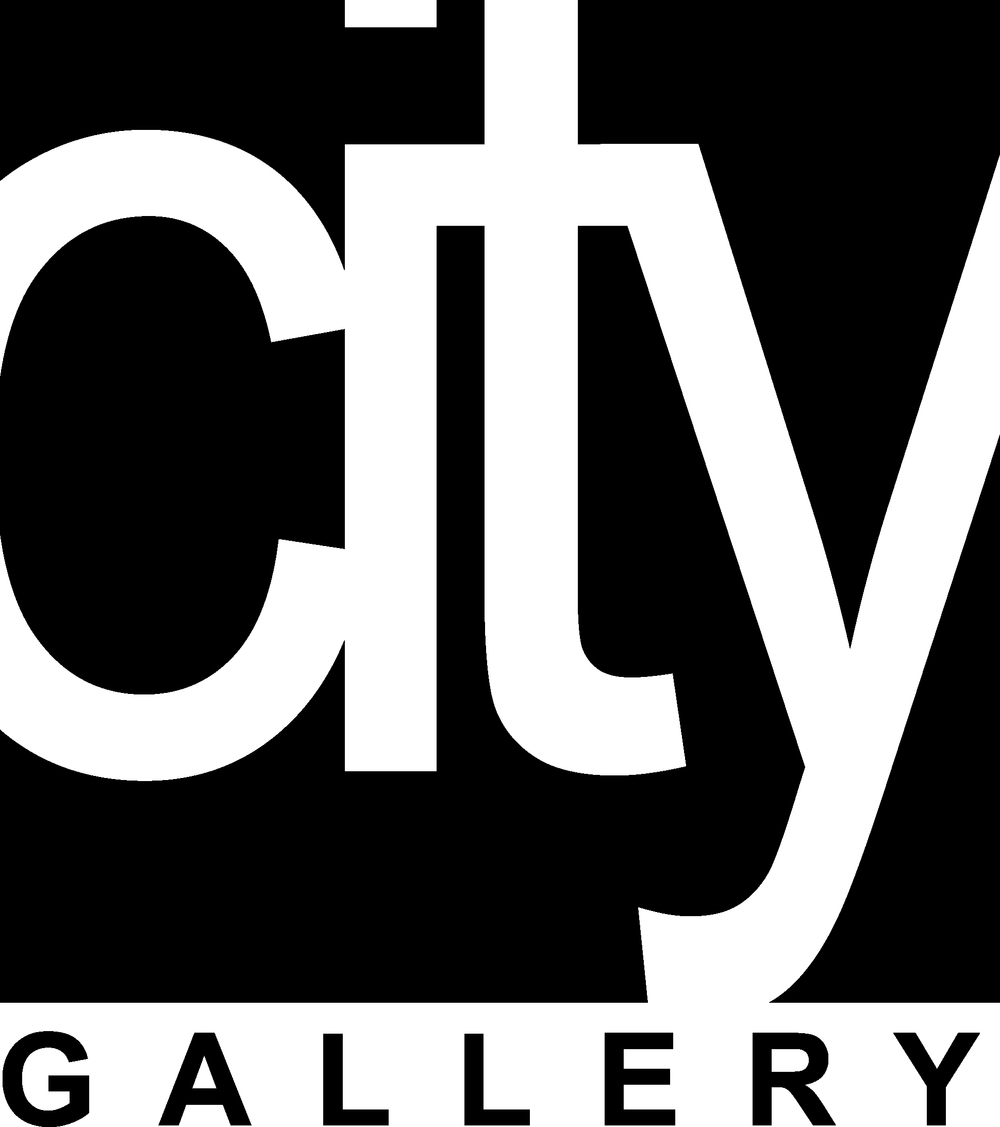Photographer and City Gallery member William Frucht explores Two Ruins in a new exhibit at Art & Frame of Newtown. Frucht’s haunting images of the Packard plant in Michigan and Lynnewood Hall in Pennsylvania will be on view June 2 - July 18, with a reception on Friday, June 20, 4-6 p.m. that is open to the public.
“One of these places represents the base of America’s industrial pyramid, the other its pinnacle. Each was vibrant, important, bustling with life for just half a century before spending more years than that in decay,” explains Frucht. “In these photographs, I have tried to glimpse the ghost of the past still inhabiting the ruins of the present.”
The Packard plant on Grand Boulevard in Detroit, Michigan, was designed by the great industrial architect Albert Kahn, and when it opened in 1903 it was the first factory building to use reinforced concrete. Packard cars were the iconic American luxury vehicle, this country’s answer to the Rolls Royce. Eventually the Packard complex comprised 80 buildings; at its peak, during the Second World War, it employed 40,000 people. The last Packard was built there in 1956, after which the plant sat unused for decades. A developer bought it at auction in 2013 but ran out of money, and the city of Detroit sued to have the complex declared a public nuisance. Demolition of the buildings began in 2017 and now is mostly complete. The mayor, celebrating the event, said the buildings had been “a weight around the neck of Detroit’s recovery.” You cannot visit today; there’s hardly anything to visit.
Lynnewood Hall in Cheltenham, Pennsylvania, was the house that made its designer, Horace Trumbauer, famous. Commissioned by the Philadelphia industrialist Peter A.B. Widener and opened in 1900, it contained 100,000 square feet, 110 rooms including 55 bedrooms, a ballroom that could accommodate 1,000 people, a 33-acre French garden, paneling from a French chateau, furniture from Versailles, a Tiffany skylight in the tea room, and a massive art gallery that held one of the most valuable private art collections ever assembled in the United States. The Widener family left the house and auctioned off its contents in 1944--the art having been donated earlier to the National Gallery--but they could not find a buyer. Finally in 1952, by then badly vandalized, it was bought by a conservative radio evangelist, who ran it as the Faith Theological Seminary but could not maintain it. The carved mantels and walnut paneling were sold off, rare landscape ornaments were sold off, the chandeliers were sold off, a mortgage was taken out, then a second, then a third. There were legal issues and water damage. The holder of the third mortgage, a Manhattan urologist, took possession against the wishes of the town. But he could not maintain either the house or the seminary and quietly abandoned the place in 2013, at which point the town of Cheltenham and the Preservation Alliance of Greater Philadelphia took on the daunting task of trying to restore it.
William Frucht is a photographer living in Danbury, Connecticut, and working in New Haven. His photographs have been shown in juried exhibitions in Pittsburgh, Minneapolis, New York, Tucson, AZ, Greenville, SC, and elsewhere. Locally, he has received awards from the Carriage Barn Annual Photography Show in New Canaan, The Shoreline Arts Alliance Images Show in Old Lyme, and the Parfitt Photography Exhibit of the New Hampshire Art Association, Portsmouth, NH. He has also curated two exhibits of work by the Tibetan photographer Tsering Dorje: “Forbidden Memory” at City Gallery New Haven, and “Flames of My Homeland” (co-curated with Ian Boyden and Andrew Quintman) at the Ezra and Cecile Zilkha Gallery, Wesleyan University. He has been a member of City Gallery in New Haven, CT, since 2017. You can see more of his work on his web site, www.williamfrucht.com.
TWO RUINS is free and open to the public. Art & Frame of Newtown is located at 77 Main Street, Newtown, CT. Hours are Monday-Saturday, 10 a.m. - 6 p.m. They are closed on Sunday. For more information, visit artandframeofnewtown.com, or contact: 203-270-0222/artandframeofnewtown@gmail.com.
















